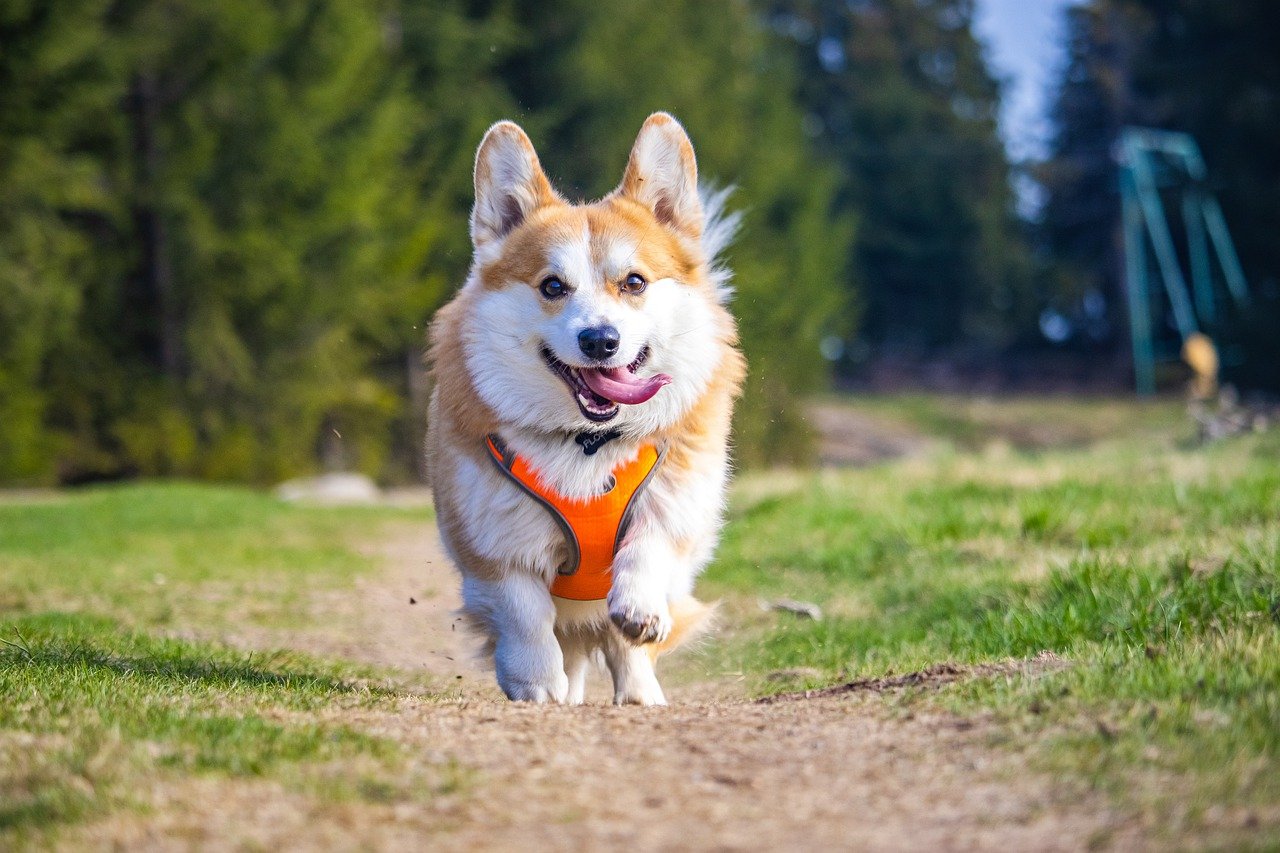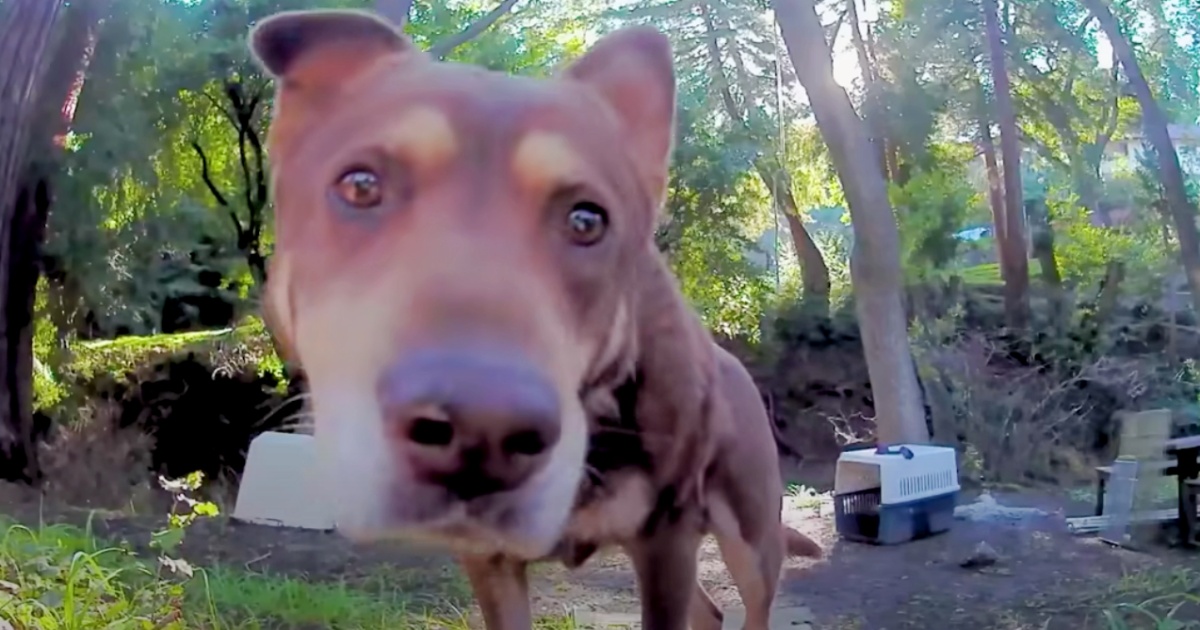Bringing home a doodle puppy is one of the most joyful and unforgettable moments in a family’s life. That tiny wagging tail, the first cuddle, the smell of puppy fur — it’s pure magic. But let’s be honest: those first 48 hours can also feel a bit overwhelming. Your new puppy is adjusting to a brand-new world, and you’re figuring out how to care for a furry little bundle that doesn’t come with an instruction manual.
If you’re welcoming a doodle into your home — whether a goldendoodle, sheepadoodle, bernedoodle, or irishdoodle — this guide is for you. Here’s a step-by-step look at what to expect during your first two days of puppy parenthood, with plenty of helpful tips to make the transition smooth and stress-free for both your pup and your family.
Day 1: The Journey Home and the First Few Hours
1. Keep the Car Ride Calm
Your puppy’s very first experience with you is the car ride home. It might be their first time away from siblings, and it can be scary. Sit near your puppy, speak in a calm voice, and bring a towel or soft blanket that smells like their breeder — many breeders like Lonestar Doodles provide a “transition lovey” for this purpose.
Have paper towels and a bag handy — some puppies get carsick from nerves or motion.
2. Introduce the Home Slowly
When you arrive, avoid letting your puppy run free through the entire house. Too much space too soon can be overwhelming. Instead, create a designated “puppy zone” — a small area with their crate, food and water bowls, a couple of toys, and puppy-safe flooring.
Let them sniff and explore gradually, one room at a time. If you have other pets, keep introductions brief and closely supervised.
3. Start the Potty Routine Immediately
As soon as you arrive, take your puppy outside to the designated potty spot. Praise them warmly if they go. Begin using a consistent command like “go potty” to help them learn what’s expected.
Set a timer to take them out often, especially after eating, drinking, playing, or waking up from a nap..
Crate Training: Their First Safe Place
Crates are not cages — when introduced positively, they become a doodle puppy’s cozy, comforting den. The first night is a big adjustment, and it’s not unusual for puppies to cry or whine. They miss the warmth of their littermates and the familiarity of their environment.
Day 2: Settling In and Building Trust
1. Stick to a Routine
Dogs, even tiny ones, thrive on structure. Begin setting a daily schedule that includes:
- Meal times ( 3 times a day)
- Potty breaks (every 15 to 20 minutes if they are playing in the house but they can be in the crate resting for up to 2 hours if needed)
- Short training sessions
- Supervised playtime
- Naps (lots of them!)
This helps your puppy feel safe and builds the foundation for long-term success.
2. Begin Gentle Training
Training starts from day one — not in the form of obedience school, but in how you interact. Say their name often with a warm voice. Praise them for sitting calmly. Begin rewarding simple things like coming when called or walking beside you on leash indoors.
Your doodle is incredibly smart and eager to please.
While your puppy isn’t fully vaccinated yet, early exposure to safe, new sights and sounds is important. Let them explore different surfaces (grass, wood, carpet), hear noises (hairdryer, doorbell), and meet new people at home.
Avoid ANY public places or dog parks until your vet clears them and they are fully vaccinated— safety comes first.
Understanding Your Puppy’s Emotional Needs
Your doodle is not just adjusting to a new space — they’re processing big emotions. It’s common for puppies to be:
- Sleepy or overstimulated
- Curious, yet cautious
- Excited one moment and anxious the next
Be patient. Avoid overwhelming them with too much handling or too many visitors. Let your puppy come to you at their own pace. Offer belly rubs, and praise when they’re calm.
Tips for a Smooth Transition
Here are a few practical suggestions to help make your first two days go more smoothly:
- Limit visitors: Keep the household quiet so your puppy can adjust at their own pace.
- Watch for stress signs: Whining, yawning, pacing, or hiding are normal signs of puppy stress. Provide comfort and quiet.
- Use the same food: Stick with the food your breeder used for at least the first week to avoid tummy upset.
- Keep nights calm: Use a nightlight, soft music, and a covered crate to help your puppy settle.
What Not to Worry About
It’s completely normal for your puppy to:
- Sleep a lot (18–20 hours a day)
- Have a few accidents
- Whine at night
- Eat less on the first day
- Seem unsure or timid
- Possibly a loose stool
This is a big adjustment for them. Give it time. Within a few days, most doodle puppies start to find their rhythm — and so will you.
Welcome to the Family
By the end of the first 48 hours, something amazing starts to happen. Your puppy begins to recognize your voice. They follow you around. They might rest their head on your foot or fall asleep in your lap. The bond is already forming.
Families who adopt from breeders like Lonestar Doodles often say the support they received made all the difference. From preparation tips to follow-up check-ins, knowing someone is in your corner brings peace of mind.
Remember: this is just the beginning. You’re not just raising a puppy — you’re welcoming a lifelong companion, one who will grow, learn, and love with you every step of the way.
Take a deep breath. You’re doing better than you think. The first 48 hours are a whirlwind — but they’re also the first chapter in a beautiful story.




















 English (US) ·
English (US) ·